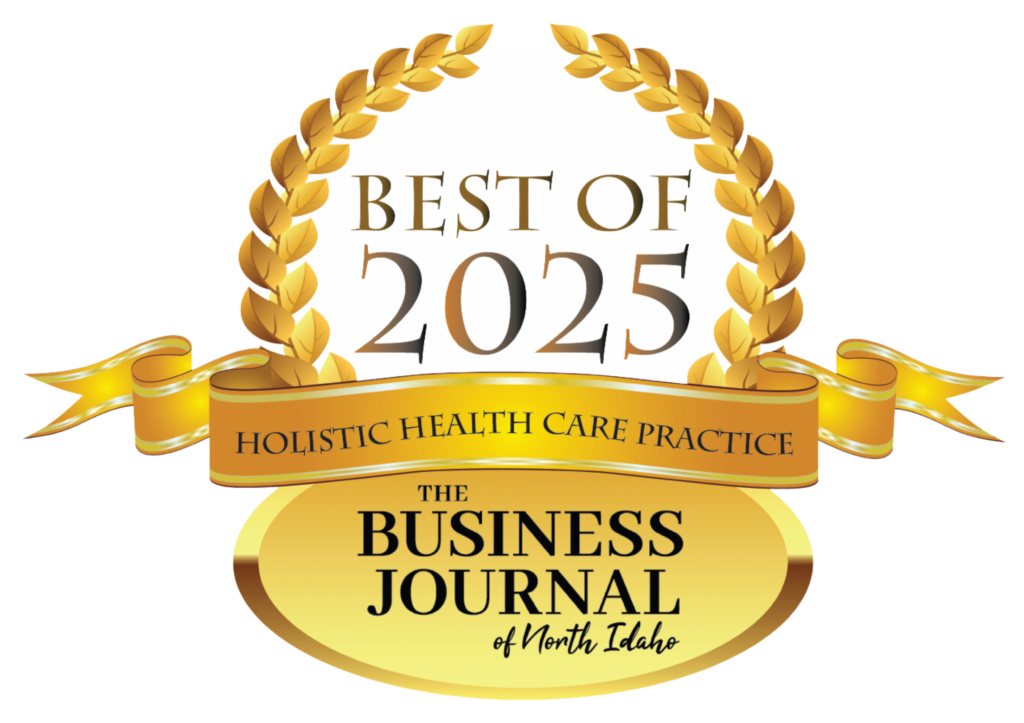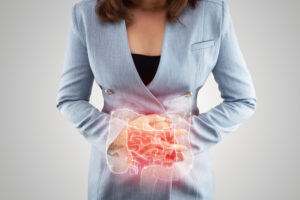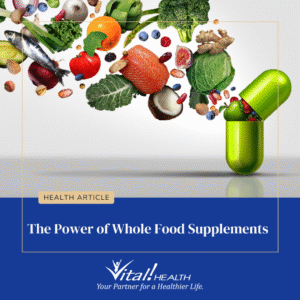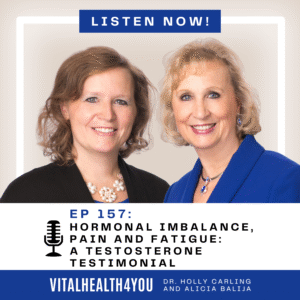Pain is a constant in too many lives. When severe, it controls lives and destroys productivity. Lesser pain can be just as problematic as it can contribute to a sedentary lifestyle that adds to the pain, and slows the healing response. However, there are several things people can do that could help heal the tissues that are inflamed and to promote healing.
Exercise is paramount. Most experts agree that exercise helps pain. It can relax the muscles, particularly back muscles, improve blood flow (which increases healing nutrients to the site), improves movement of acids that tend to accumulate at an injured site, and removes other waste byproducts. Research has shown that movement as soon as possible after an injury reduces healing time (after the worst of the pain diminishes some). Stretching, aerobic exercise (such as walking, swimming and biking), as well as resistance exercises can increase strength and endurance, limiting the possibility of injury in the first place.
Water is also important. Joints in particular (including the spinal vertebrae), require water circulation for proper lubrication and cushion. Dehydration can actually contribute to pain. Posture is considered one of the biggest factors for back pain. It is estimated that 80 million Americans now have back pain. Learning and practicing specific exercises to improve posture and strengthen the back and other muscles are a necessary protective action.
Many nutrients are also needed for healing, and without them, healing can be stunted. The body needs most of the Vitamin B complex (with all food components, not in a synthetic form) for several functions. They are needed for stimulation and action of nerves, including sensitivity to pain, improves the inflammatory function that is called into action when injured, helps improve collagen cross-linking which is needed for strong cartilage, helps maintain muscle tissues and improves the function of the adrenal glands (which makes your anti-inflammatory hormones).
Minerals are needed for repair of bone, muscles, ligaments, tendons, cartilage, and nerve tissues. We especially need calcium, magnesium, manganese, copper, zinc, potassium, sulfur, iron, selenium and boron. All are important for the health, integrity, flexibility, strength, relaxation and contraction of muscles and supportive tissues.
Vitamin C, along with Vitamin D, essential fatty acids, and protein are important for improving the inflammatory response, repair and stabilizing collagen. It is important to note, that it has to be Vitamin C in its natural food form, as ascorbic acid alone, as an isolate, can actually increase damage. We also need Vitamins A and E to improve tissue health.
Acupuncture is also an effective means of controlling pain. Acupuncture has been shown to activate opioid systems in the brain that respond to pain, improve the micro-circulation of blood into the injured areas (improving nutrient application to the site of injury) and activating other important healing processes. It has been used for thousands of years – because it works!
©2011 Holly A. Carling, O.M.D., L.Ac., Ph.D.







